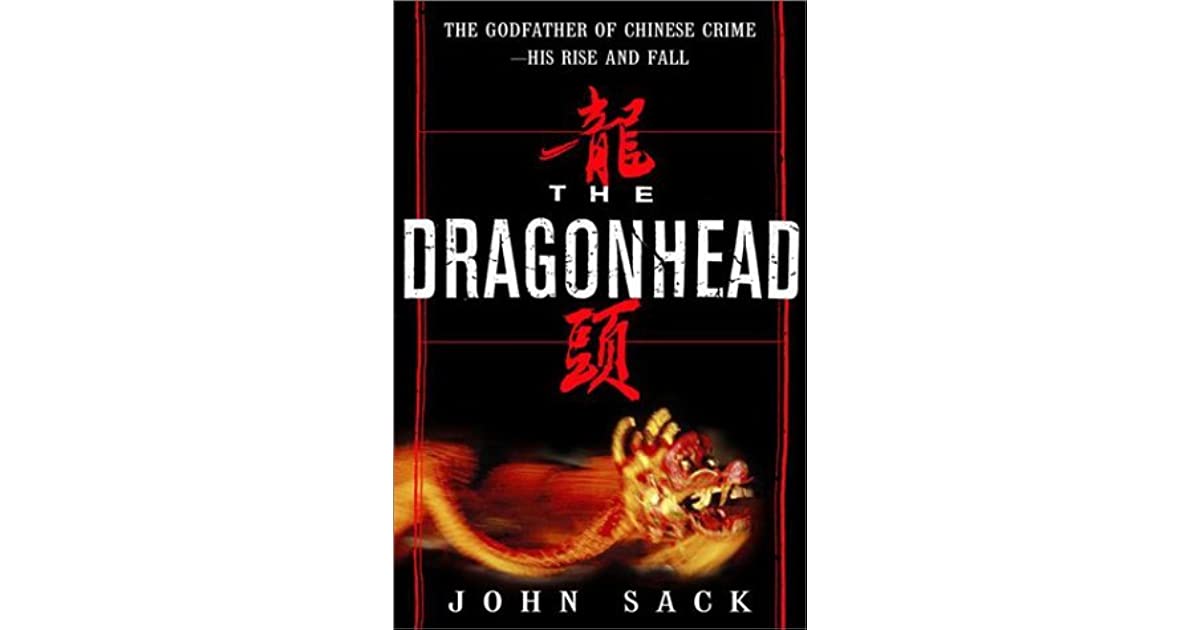
The Dragonhead: The Godfather of Chinese Crime–His Rise and Fall by John Sack
My rating: 5 of 5 stars
As others have mentioned, “The Dragonhead” is a great read taken as a novel but doesn’t hold up as a true story.
The Dragonhead himself, Johnny Kon, crosses over into Hong Kong in the 60s as a refugee from Mao’s China. After working a few low-status jobs, he gets his break selling fake mink furs to GIs during the Vietnam War. He also supplies the American Army with heroin – but just as a favour you understand – he doesn’t make any money out of it. John Sack’s main source for the story was Johnny Kon and I get the idea that he fell for Kon’s charm.
After another hundred pages of wheeling and dealing, mainly in furs but also in counterfeit money and other stuff, Johnny and the leaders of the Big Circle – a gang made up of former Red Guards – decide to import heroin into the US. When Johnny joined the Gang of Tranquil Happiness, a more established Hong Kong Triad and an off-shoot of the Green Gang which ran Shanghai before the communists took over, he swore he wouldn’t sell heroin. Johnny must justify to the old-school leaders of Tranquil Happiness his plan to get into the drug trade. He does this by bringing up the Opium Wars – that great injustice of the West (Britain) forcing drugs on the Chinese. Selling opium to the West, then, is only doing to them what they did to us – but without the force of arms. This duplicitous justification gives a good idea of Johnny’s character. He also wants to take revenge on the US as he blames the country for the death of two of his kids who died running from the Khmer Rouge in Cambodia.
Once Johnny comes to the attention of the DEA, he travels the globe, never stopping too long, often wearing a wig and a fake moustache. He visits and invests in Panama City, Paris and Tokyo, to name a few – but my impression is there’s no better place to be a gangster, both in terms of entertainment and opportunity, than Bangkok.
I like how Sack writes about Chinese gangsters, the way he describes their smoking and eating habits, clothes and various eccentricities. Two of my favourites are Ronny the Ghost, a Eurasian drug courier who wears a white suit with an I Love NY T-shirt underneath, and the Professor, a demented follower of Chairman Mao wearing glasses just to look brainy. Sack is also good at explaining the various deals, double-crossings and gang affiliations. His weaknesses are the odd untidy sentence and a tendency to over-describe hotel rooms and the shoes Kon is wearing. He recreates Johnny’s imperfect English (without coming across as condescending) and advises us if conversations are in Cantonese or Shanghainese, but wisely does not use Chinese words in the text. The one time he does, he gets it wrong:
“‘Gong xi,’ Johnny says in Cantonese.”
Gong xi is Mandarin for congratulations, ‘kung hei,’ is the Cantonese.
IMBD has a list of the thirty greatest triad movies, and while the list is in no way definitive, it’s interesting to note that “The Year of the Dragon” is the only Holywood movie on the list, the others are Hong Kong made. I thought Johnny Kon might have been the model for the main gangster in The Year of the Dragon – but Sack tells us the character of Joey Tai, played by John Lone, was based on a New York Chinatown tong boss – who, like in the movie, once worked as a Royal Police officer in Hong Kong and runs a funeral parlour business. The Year of the Dragon, directed by Michael Cimino and starring Mickey Rourke pre-plastic surgery, is an OK movie. I tried to read the book by Robert Daley but it was an awful bundle of cliches.
There is no eBook of The Dragonhead, so I had to order a physical copy. It would’ve been good to read this before writing my own book because I learnt about how to write distinctive characters from Sack. This was much more entertaining than “The Snakehead” by Patrick Radden Keefe, the last triad saga I read. Keefe’s book, however, is a thoroughly professional work of journalism.
View all my reviews
